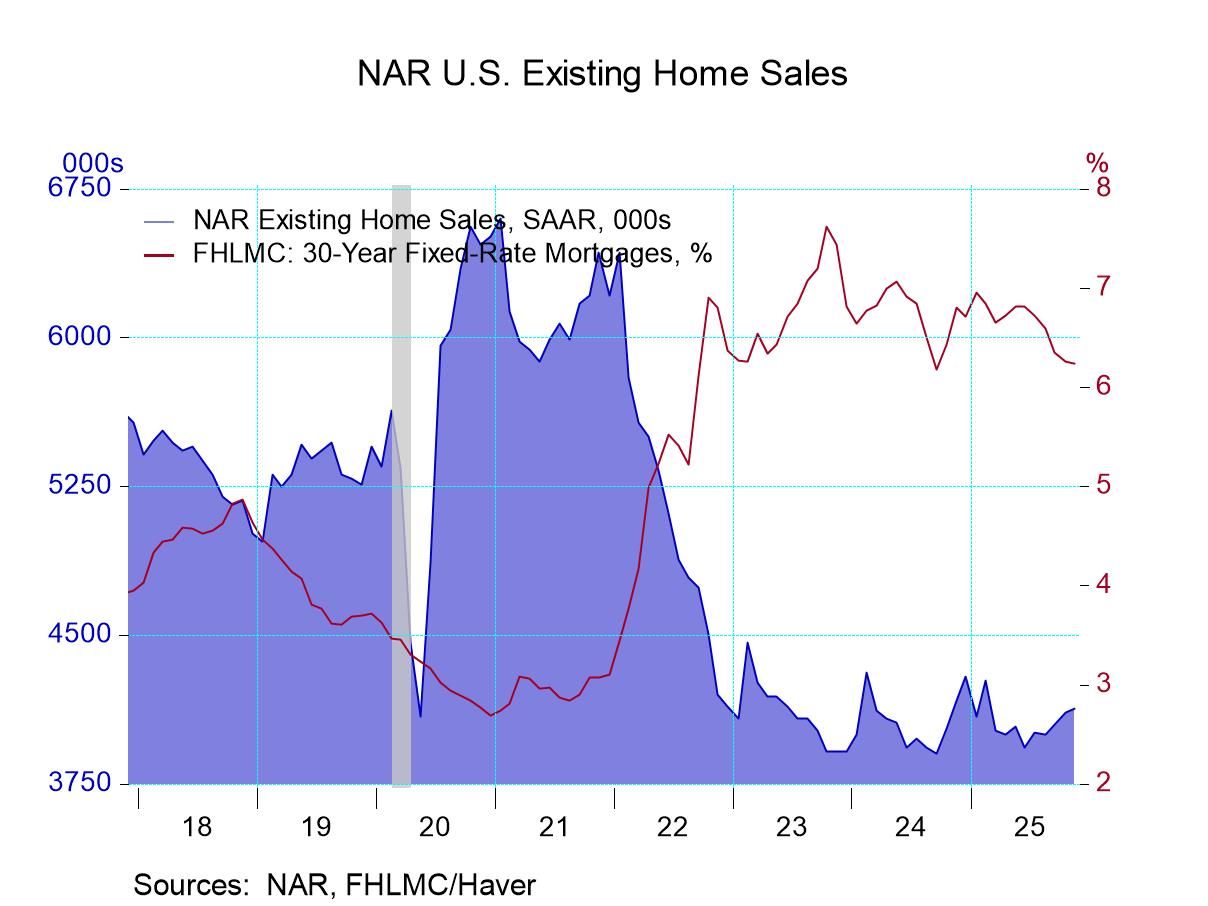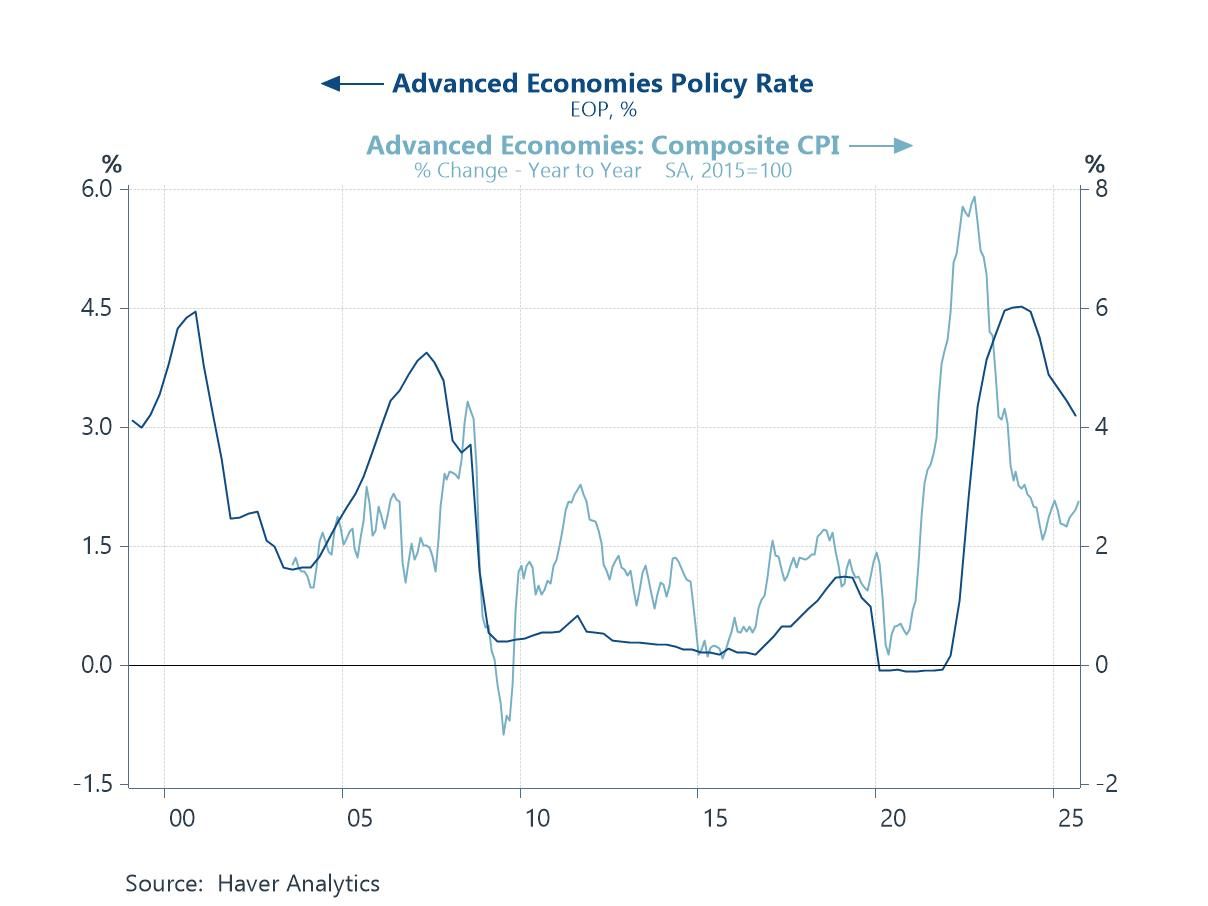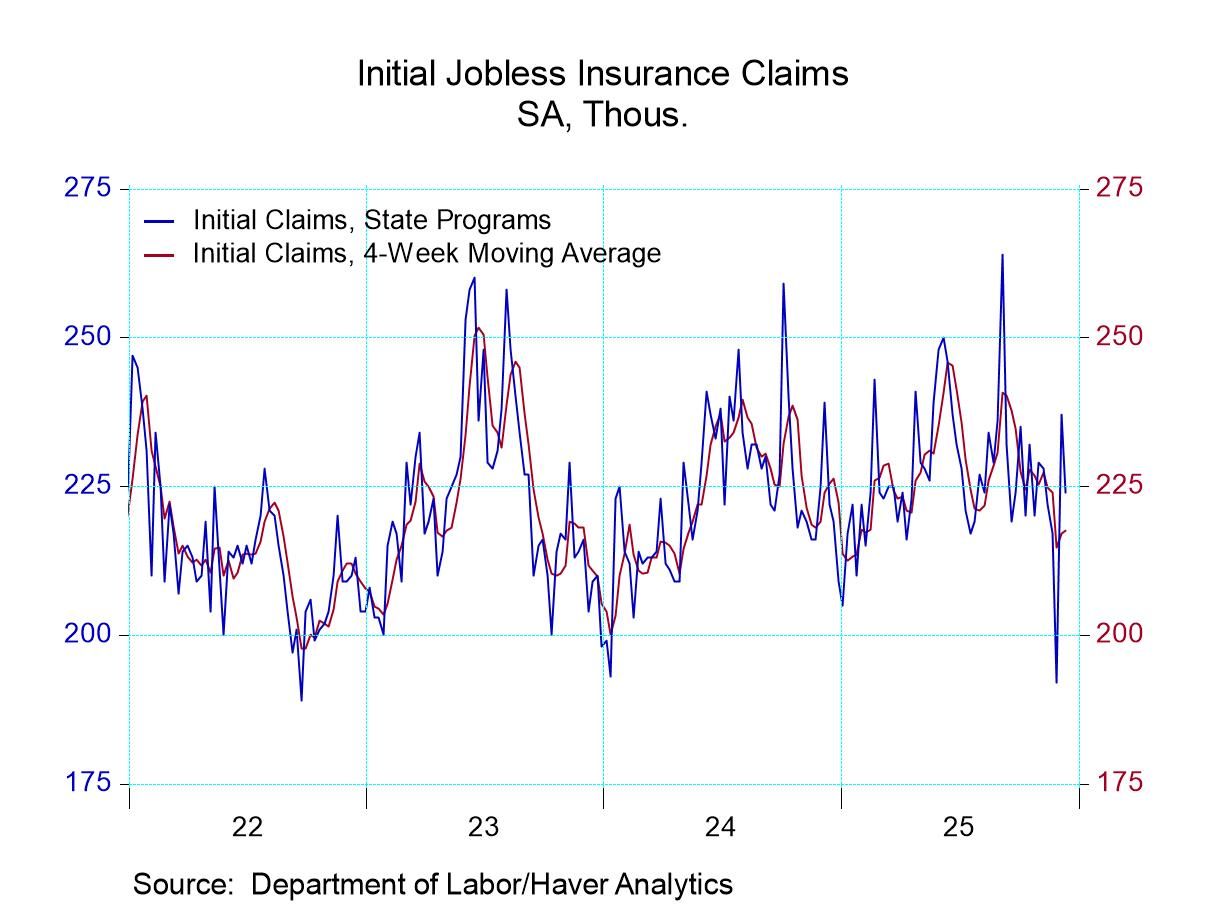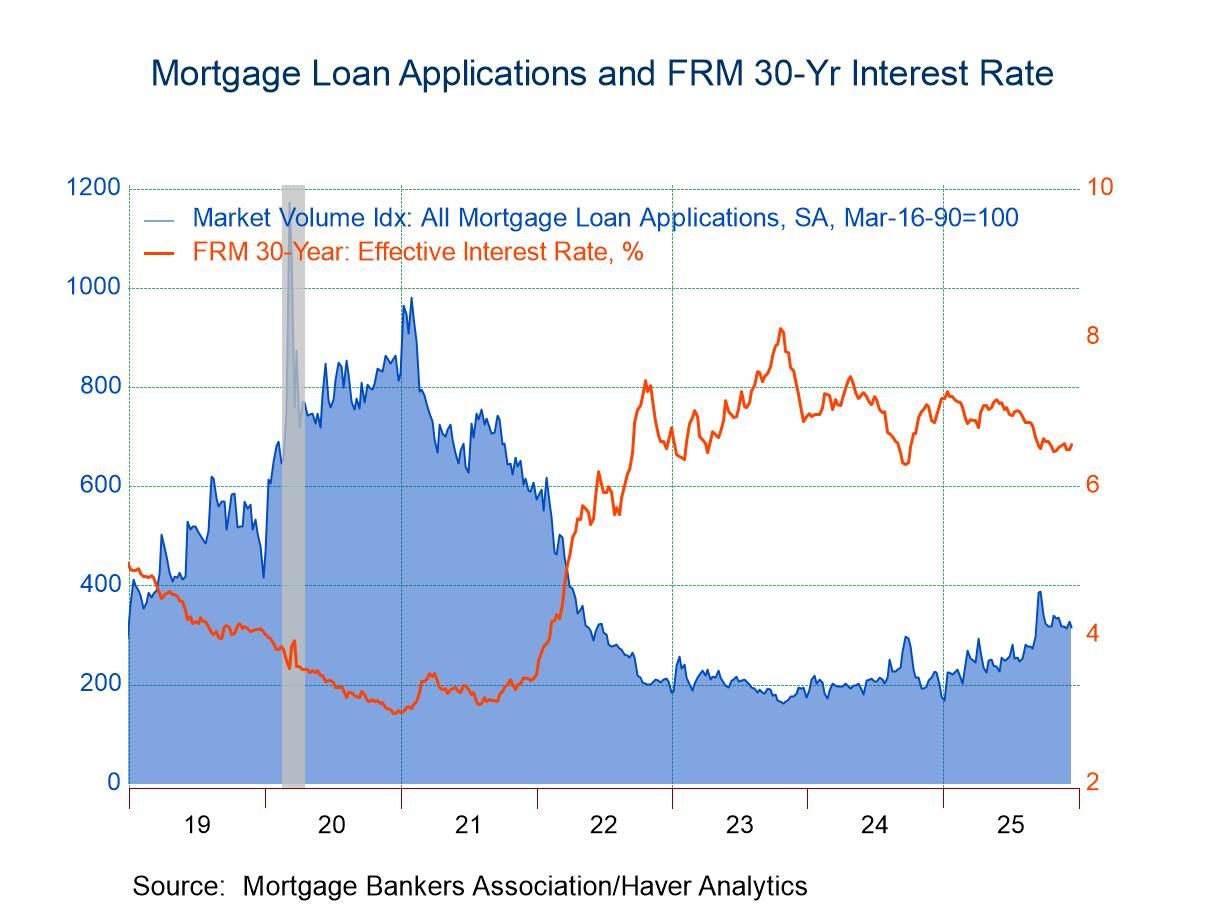 Global| Jun 01 2018
Global| Jun 01 2018Asian Manufacturing PMIs Remain Stunted
Summary
Manufacturing PMIs from the early-reporting Asian nations show that manufacturing has firmed slightly in May, but without generating any real signs of life. PMIs eased in two of seven reporters and gained pace in five of seven. April [...]
 Manufacturing PMIs from the early-reporting Asian nations show that manufacturing has firmed slightly in May, but without generating any real signs of life. PMIs eased in two of seven reporters and gained pace in five of seven. April also saw two declines (month-to-month), but March saw four monthly drops.
Manufacturing PMIs from the early-reporting Asian nations show that manufacturing has firmed slightly in May, but without generating any real signs of life. PMIs eased in two of seven reporters and gained pace in five of seven. April also saw two declines (month-to-month), but March saw four monthly drops.
Over three-months four of seven three-month averages are lower than their six-month averages. All the MAVs are lower over six-months compared to 12-months. 12-month averages are weaker than the previous 12-month average in only two countries (Philippines and Vietnam).
Only two countries, China and Thailand, have percentile queue standings in their respective 90th percentile range. Myanmar and Vietnam stand in their respective 80th percentile ranges. Japan is at its 75th percentile. South Korea and the Philippines each reside below their historic medians.
Despite these metrics, Asia is still weak. In a report issued this week by the IMF, China was noted to have growth that could slow moderately. At the same time, a report issued by the OECD saw stronger growth underpinned by trade.
Trade? Really?
With Trump tariffs now being imposed on Europe and on other U.S. allies for 'strategic reasons' and with the U.S. saying it may yet be imposing further tariffs in China, there is no telling what happens next. It hardly looks as though 'trade' will underpin growth. It looks much more like there will be tariffs and retaliation and who knows how many rounds of that back and forth will follow?
It is hard to be optimistic in this environment. Even the upbeat PCE report out of the U.S. yesterday saw spending outstripping income gains and the already low U.S. savings rate was still dropping. How long can that go on? Or will U.S. fiscal stimulus come riding in at the last minute like Dudley Dooright and save the day?
There are still a lot of risks in this global economy. And with the tariff actions being restarted, the risk to growth certainly would seem to have gone from the upside to the downside. The U.S. 10-year note yield has broken lower; it had moved up through the 3% mark but in the wake of the Italians being jobbed the yield is back in the 3.85% to 3.9% range. The bond market does not see stronger growth. Italy's on again off again coalition is for now back on again. We will have to see what they are up to this time and if it is sustainable to markets.
But Asia has been the source of growth for the global economy for some time. And now with less domestic demand in the West, Asian exports have slowed and Asia's economic growth has become challenged. Like the maid that does not do windows, Asia does not do domestic demand. Quite apart from the progression in the monthly PMIs or the period average trends, the average levels of the PMIs in Asia are simply low for the seven countries in the table even when their queue standings are high.
The PMIs for three-months, six-months and 12-months all average less than a reading of 52. In May and April, the seven countries finally lift their average to the 52 mark or a tick higher. But these remain weak readings with very thin momentum. In plotted moving three-month averages, only Myanmar shows any real upward momentum. That will not carry Asia higher. Asia remains growth-challenged.
Robert Brusca
AuthorMore in Author Profile »Robert A. Brusca is Chief Economist of Fact and Opinion Economics, a consulting firm he founded in Manhattan. He has been an economist on Wall Street for over 25 years. He has visited central banking and large institutional clients in over 30 countries in his career as an economist. Mr. Brusca was a Divisional Research Chief at the Federal Reserve Bank of NY (Chief of the International Financial markets Division), a Fed Watcher at Irving Trust and Chief Economist at Nikko Securities International. He is widely quoted and appears in various media. Mr. Brusca holds an MA and Ph.D. in economics from Michigan State University and a BA in Economics from the University of Michigan. His research pursues his strong interests in non aligned policy economics as well as international economics. FAO Economics’ research targets investors to assist them in making better investment decisions in stocks, bonds and in a variety of international assets. The company does not manage money and has no conflicts in giving economic advice.






